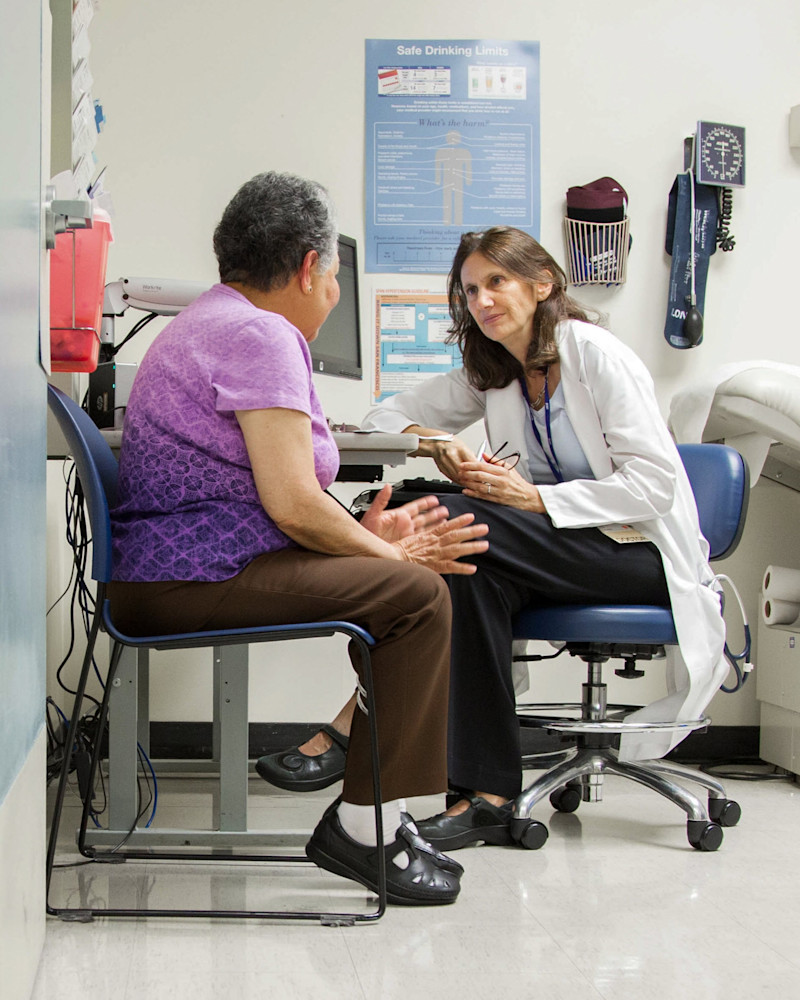Who Can Join
- People of all ages, sex, race, or ethnic groups can be in clinical trials.
- Some people are healthy, while others may have illnesses.
- The kinds of people needed for a trial depend on the trial itself and the questions it is trying to answer.
Healthy Volunteers
A healthy volunteer is a person with no known significant health problem.
- Some clinical trials include healthy volunteers.
- Healthy volunteers usually do not get direct health benefits from joining a clinical trial.
Patient Volunteers
A patient volunteer has a known health problem. This person may join a clinical trial to help researchers understand or treat that condition.
- While this person may get direct health benefits from joining the study, the main reason is to help doctors understand whether a treatment works or not.
- Usually in Phase I and II studies, the participant gets the new treatment.
- Usually in Phase III studies, some participants get the new treatment and others get a current treatment.
- There is no guarantee that the participant gets one treatment or the other because a computer makes the decision by chance (randomly).
- This is done to create a fair comparison between the new and the current treatments.
Inclusion/Exclusion Criteria
Before joining a study, a person must meet the rules. These rules are different from one study to the next. Usually, these rules are based on things like age, sex, the type of disease, how far along is the disease, previous treatment, and other medical issues.
“Inclusion criteria” are rules for joining the study.
- For example, a clinical study may need to include only women who are age 65 or older.
“Exclusion criteria” are rules that keep a person from joining a study.
- For example, if a person has a certain medical problem, then he or she cannot join a particular clinical study.
These rules are not to reject anyone personally. They are used to find people who may benefit, keep out people who may be harmed, and help researchers find the information they need.
